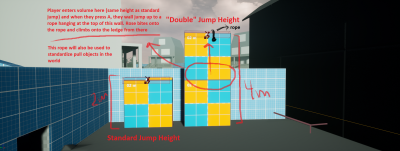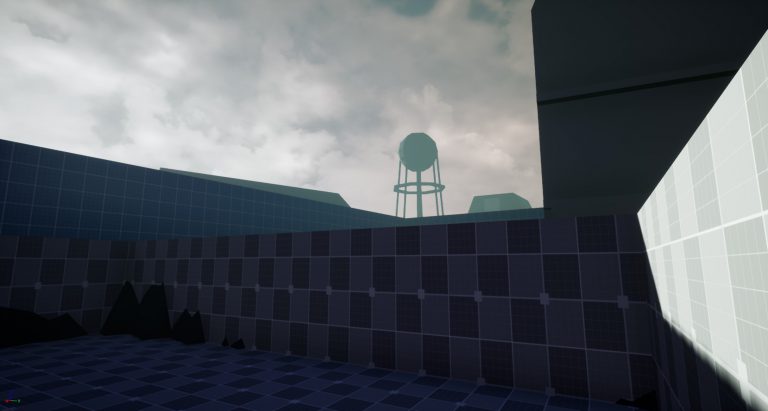By: Tyler Houston (Level Designer)

Introduction
Hello everyone, and thanks for reading my level design documentation for The Shadow that Pervades!
My name is Tyler Houston, and I am a level designer for DePaul Originals Game Studio, or D.O.G.S. Coming into this quarter, there were a lot of changes that took place. For starters, we nearly doubled in team size! As far as level design went, this increase in team size meant more people were involved with development inside my level, so I had to ensure in the outset that communication was a top priority. I established clear lines of communication with our Lead Environment Artist, as well as our Lead Quest Designer.
Another change that took place this quarter was the levels themselves. Our Creative Director and Studio Head, Allen Turner, had decided to move forward from last quarter without the levels we had made previously, which, for me, was a city level that highlighted the parkour in the game as well as the quest system inside of a park. My assignment for this quarter was our introduction level, which takes place in a gated community and eventually leads into the sewer.
The Initial Layout
At the outset of planning this level, I made sure to ask Allen how long the player should spend in this level–about 20 minutes. I also wanted to understand Allen’s thought process behind the general overview of the level: what is the balance between parkour, exploration, and narrative? What kind of story should this neighborhood tell? What happened here? Is this a tight level, with twists and turns, tight corridors, and secret areas to discover, or is it an open level, where we are free to go where we want at the outset?
There were also a few aesthetic constraints for me at the beginning:
- The neighborhood had to be a gated community
- The level needed to have a cul-de-sac
- The neighborhood had to be a poorer one, and dilapidated
- The gated community needed to be near, or in, a city
So, with those constraints in mind, I did heavy research; primarily looking to ArtStation, Google images, and Pinterest to really get a sense of the space I was to create. Interestingly, I also looked into architectural and governmental records and documents in order to understand neighborhood planning a bit better. The big balance my neighborhood needed to strike was that of parkour and exploration. My level needed to be tight in places, and open in others, so I explored different shapes to see how they would fit. A circle was too open, and would lend itself best to open roaming; however, it left no space for tight exploration. An “H” shape was great for tight exploration and narrative guidance, yet it wouldn’t make sense in a gated community setting with a cul-de-sac. I eventually settled on a “C” shape. This shape would allow me to create a tight space in the middle of the “C” while allowing for open exploration around the perimeter.
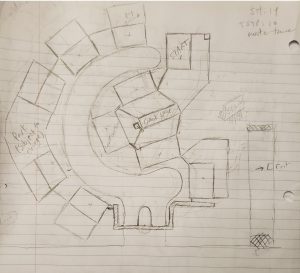
Working in the Engine
When it was time to get in the engine, the first thing I did was established a landscape and a few BSP houses. I laid down some cinematic cameras for framing and began to sculpt a “C” shape for the road. I then used the cameras to get a sense of elevation in the map, which would allow for more points of interest to be placed in the level.
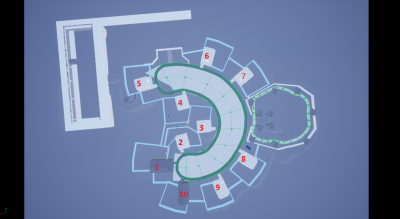

Unfortunately, most of my screenshots were lost toward the end of the quarter after I had to reinstall Windows 10 on my computer. Because of this, most of these images were taken long after my initial interaction phase. Areas like the sewer entrance and the park have changed drastically over the quarter as a result of playtesting and iteration.
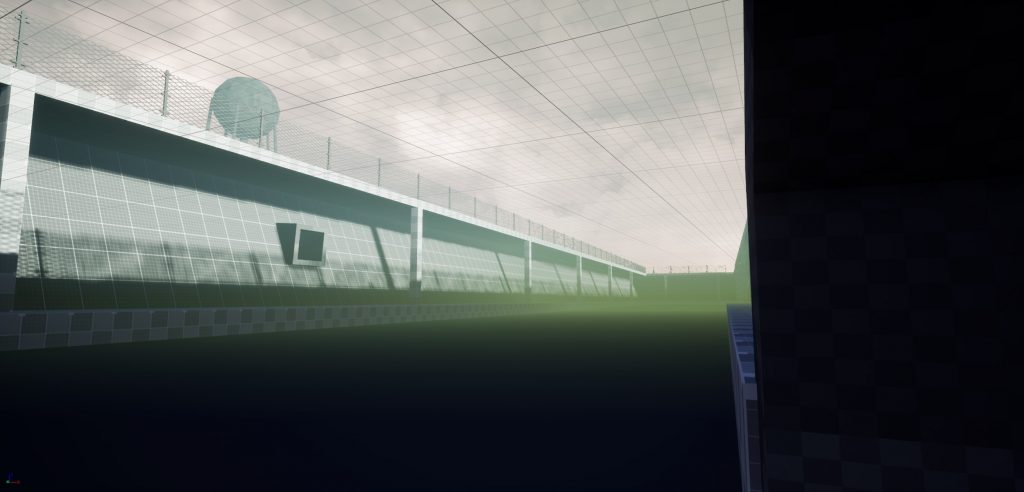
One of my major focuses in the beginning of the quarter was what made my level “fun” to play. Our programmers created an excellent camera volume tool that I started fooling around with. I came across a few interesting uses for it.
The first was a first-person crawl space. I wanted to create a modular crawl-space that the player could dig into underneath houses, or elsewhere, and have it feel fun to explore. So, immediately I decided to throw in the camera volume, and viola!

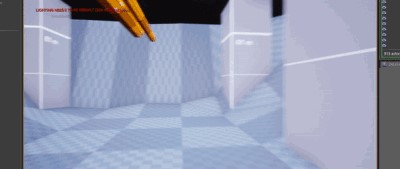
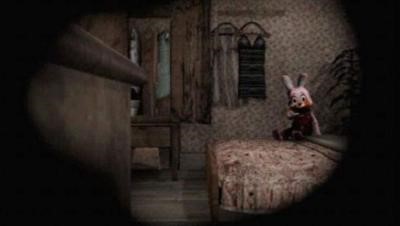

I thought another really fun use of the camera was a “peep hole” like that in Silent Hill 4: The Room. Narratively, this made sense to me, as one of the main vibes I was told to capture was sadness and loneliness. I thought back to Silent Hill and even Bloodborne as I believe those two games perfectly capture that feeling. In both games, you interact and talk with others, but through a wall or with something between the both of you.
So, you still get to interact with other NPCs, but you don’t get the feeling of actually interacting with them. With this in mind, I created a camera volume in a hole in the wall, where you see a dog on the other side that you can interact with. I brought this idea to the quest designers, and they loved it. This began to shape how we would tackle the narrative in a game where the player can’t communicate to others using verbal language.
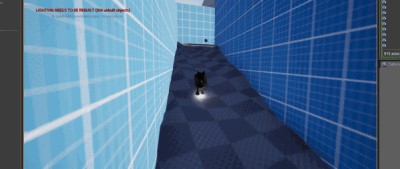
In terms of narrative beats, the quest designers and I decided to create small “vignettes” that the player would ultimately discover through exploration. I had decided at the beginning that there would be around three areas that were parkour focused, and up to 5 areas that were story focused. I then created “weenies” that would catch the player’s eye, and encourage them to explore them.
The first was a water tower that will have parkour at its base.
Conclusion and Future Plans
I have a lot of plans for this level in the next quarter! The top priority will be establishing all of the narrative beats, and the journey the player will take from start to finish. I have a few gameplay ideas that I have proposed that will aid in opening up more areas of exploration, and making the level a bit more “fun” to run around in. By the end of next quarter, the level will hopefully be finished and in a polished state!

